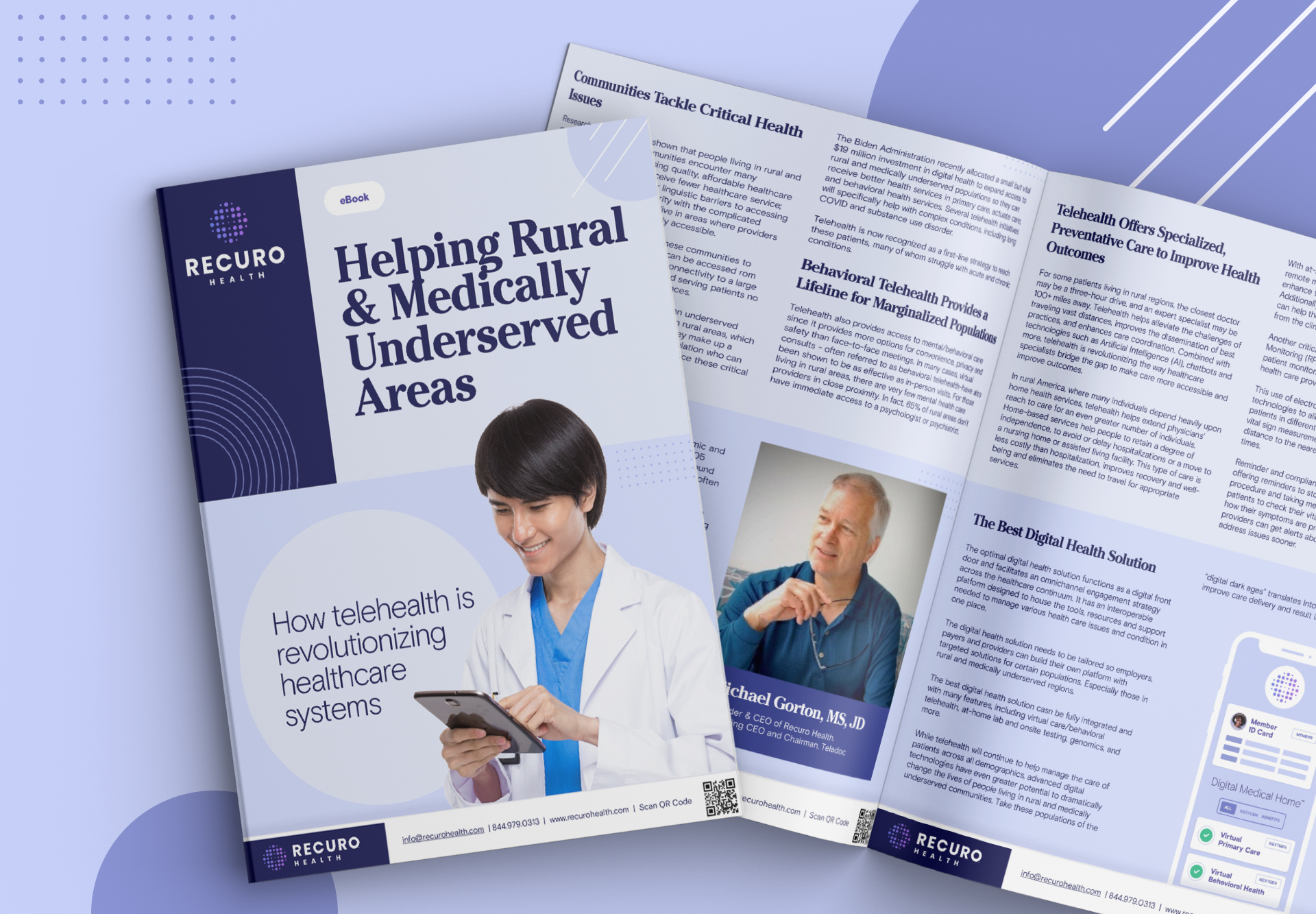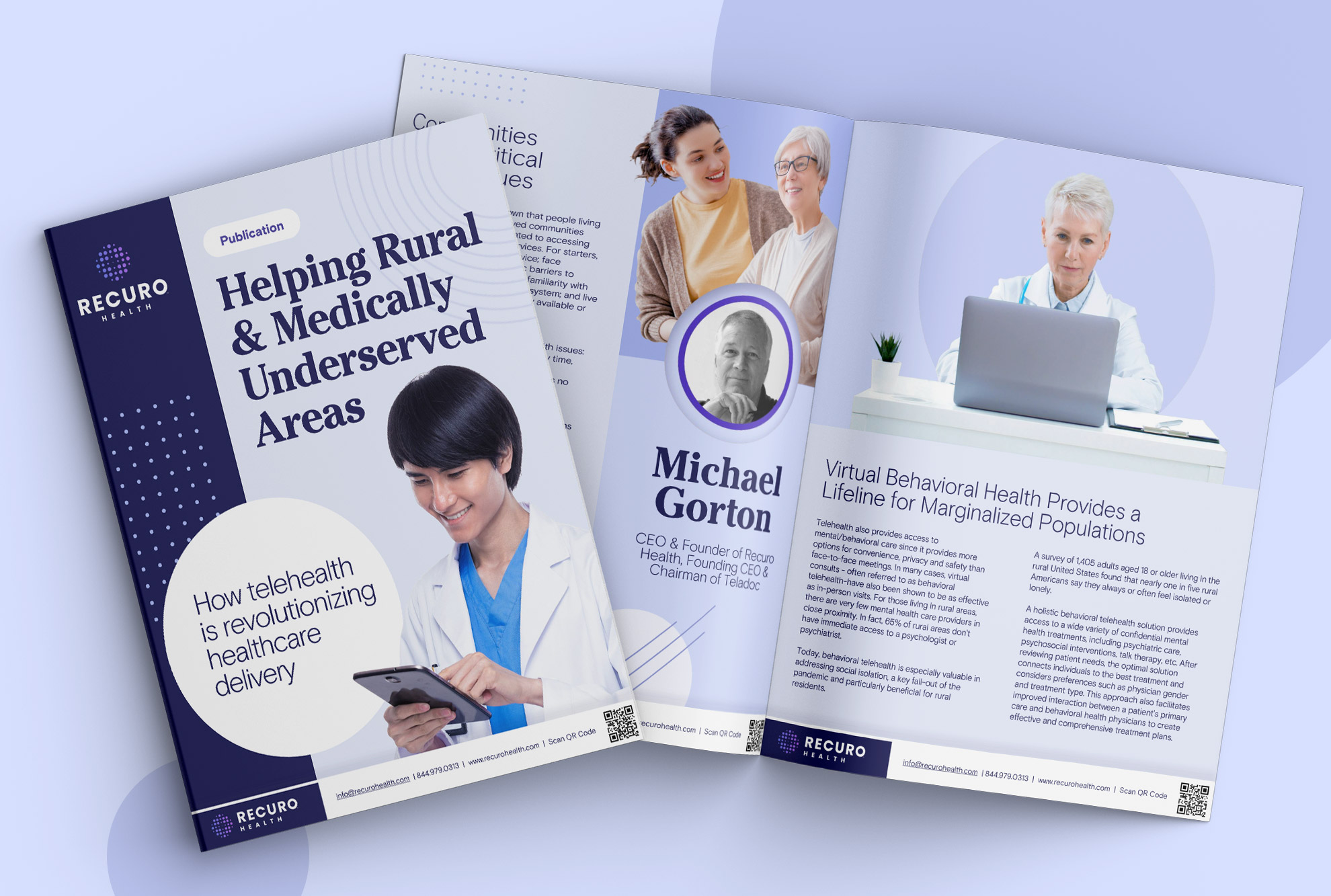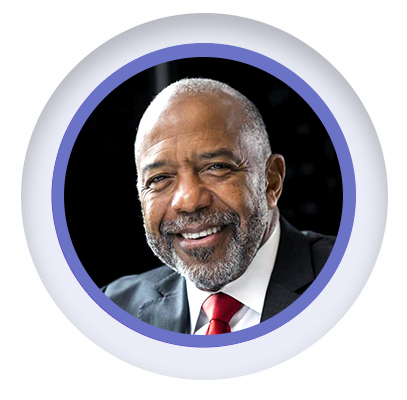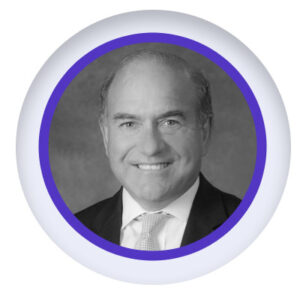Communities Tackle Critical Health Issues
Research has repeatedly shown that people living in rural and medically underserved communities encounter many challenges related to accessing quality, affordable healthcare services. For starters, they receive fewer healthcare services; face economic, cultural, and/or linguistic barriers to accessing healthcare services; lack familiarity with the complicated healthcare delivery system; and live in areas where providers aren’t readily available or physically accessible.
Telehealth is ideally suited to help these communities to address many critical health issues: can be accessed from anywhere and at any time, providing connectivity to a large network of healthcare professionals and serving patients no matter where they live or their circumstances.
Millions of Americans live in medically urban underserved areas, and some 46 million Americans live in rural areas, which is 15 percent of the population. Together, they make up a substantial percentage of the American population who can benefit from telehealth because they experience these critical healthcare services shortages.
The Biden Administration recently allocated a small but vital $19 million investment in digital health to expand access to rural and medically underserved populations so they can receive better health services in primary care, actuate care, and behavioral health services. Several telehealth initiatives will specifically help with complex conditions, including long COVID and substance use disorder.
Telehealth is now recognized as a first-line strategy to reach these patients, many of whom struggle with acute and chronic conditions. For these residents, telehealth is often the first point of contact in an emergency, and “emergency telehealth” already plays a vital role in improving access for rural emergency patients in 11 states.
Behavioral Telehealth Provides a Lifeline for Marginalized Populations
Telehealth also provides access to mental/behavioral care since it provides more options for convenience, privacy and safety than face-to-face meetings. In many cases, virtual consults – often referred to as behavioral telehealth-have also been shown to be as effective as in-person visits. For those living in rural areas, there are very few mental health care providers in close proximity. In fact, 65% of rural areas don’t have immediate access to a psychologist or psychiatrist.
[dflip id=”12615″ ][/dflip]
Today, behavioral telehealth is especially valuable in addressing social isolation, a key fall-out of the pandemic, and particularly beneficial for rural residents. A survey of 1,405 adults aged 18 or older living in the rural United States found that nearly one in five rural Americans say they always or often feel isolated or lonely.
A holistic behavioral telehealth solution provides access to a wide variety of confidential mental health treatments, including psychiatric care, psychosocial interventions, talk therapy, etc. After reviewing patient needs, the optimal solution connects individuals to the best treatment and considers preferences such as physician gender and treatment type. This approach also facilitates improved interaction between a patient’s primary care and behavioral health physicians to create effective and comprehensive treatment plans.











